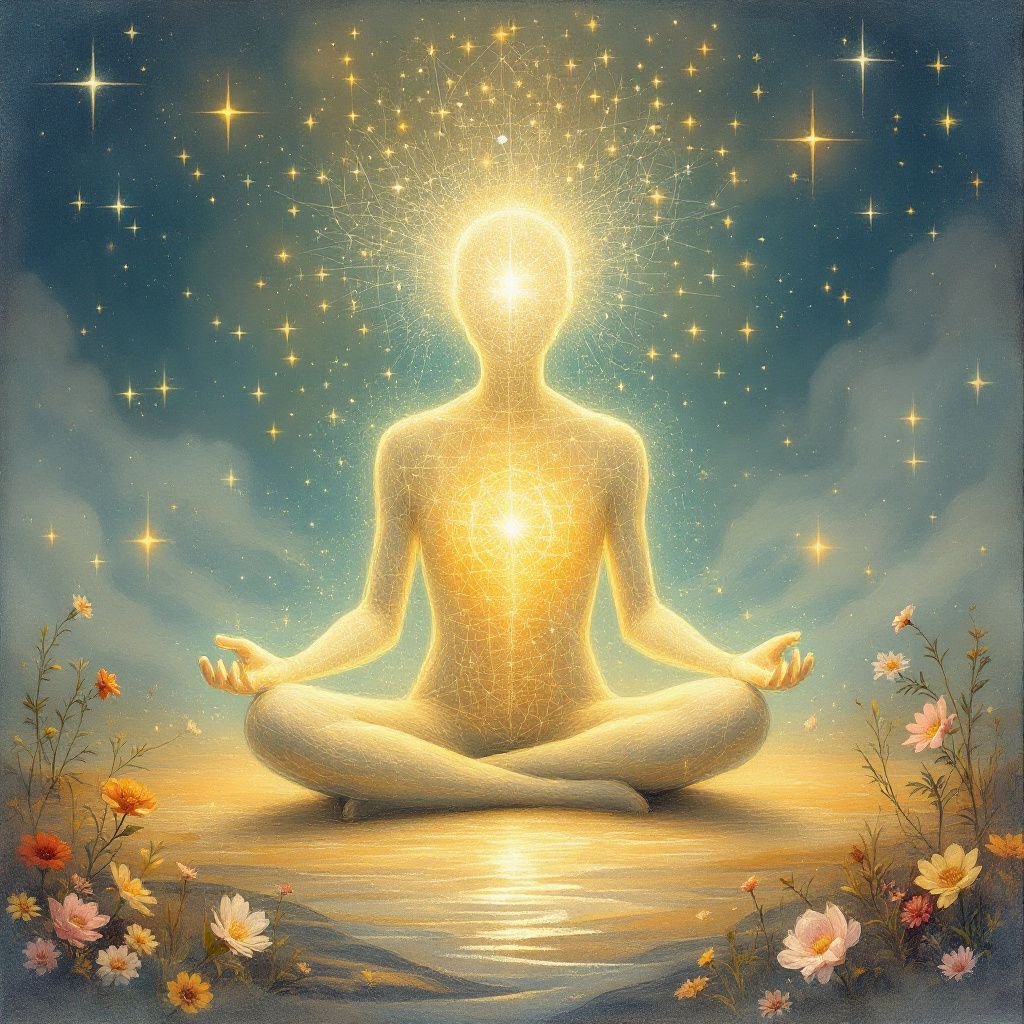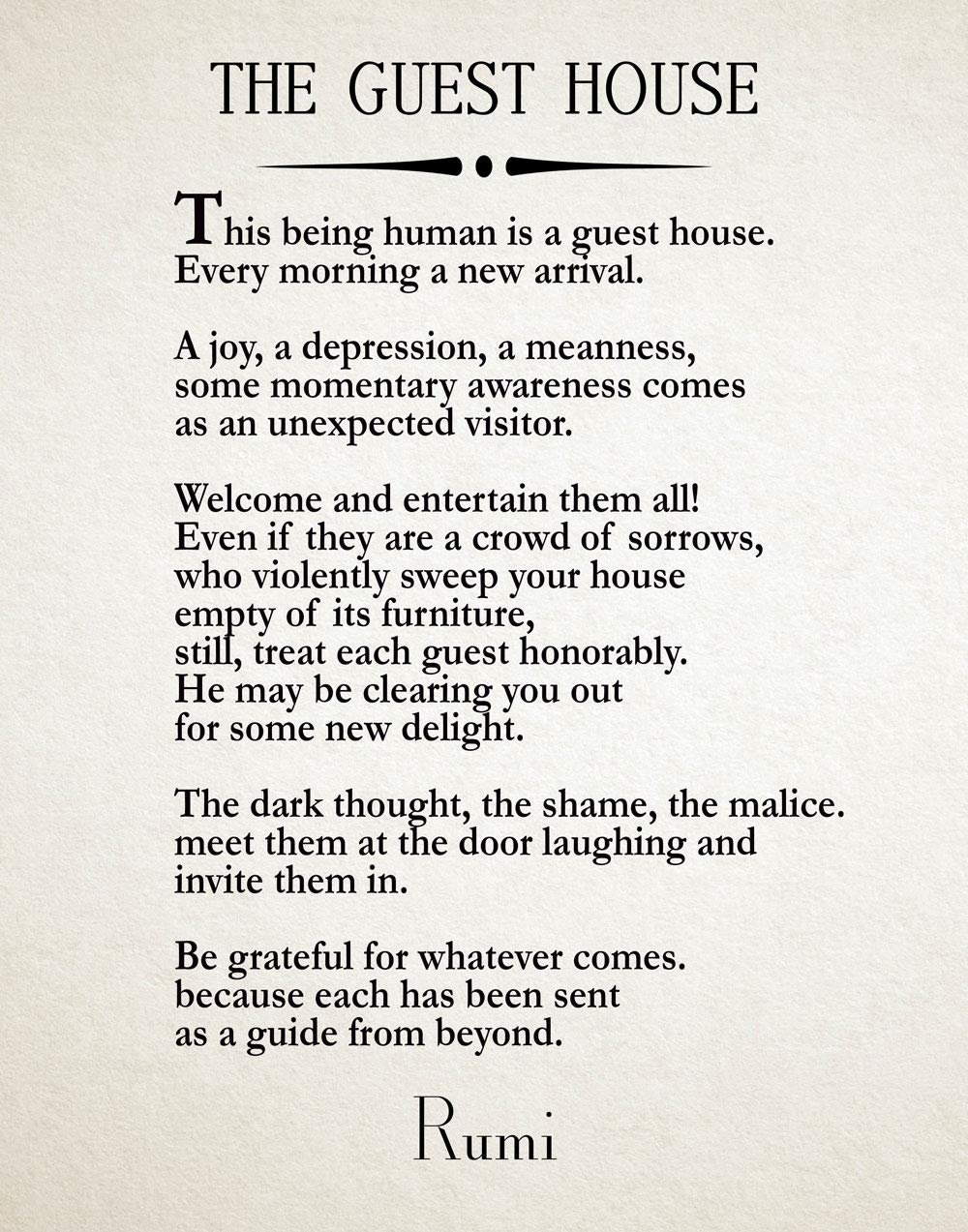AWARENESS
As human beings, we live and experience this world through our bodies. To be able to see, to feel, to taste, to experience, to interact with others, to connect, to act and to create are possible only through the body. Crucial to our well-being and health is the connection with this unique body that we inhabit for a limited period of time. As long as we can develop a positive perception of our self-system, the way we interact with others and the way we relate to life will be utterly changed.

Body awareness
All starts with the body as contemporary neuroscience tells us: our sense of self is anchored in the connection with our bodies (Kolk van der, B. 2015). To know oneself requires the ability to feel and interpret our physical sensations, and from this understanding, we can navigate safely and enhancingly through life. As Bessel van der Kolk states in his book “The Body Keeps the Score”: “You can be fully in charge of your life only if you can acknowledge the reality of your body, in all its visceral dimensions.” Our bodies store all our experiences, past ones, recent ones, present ones, even those we can’t recall mentally. All that we have experienced stays in the memory of our body and creates a general physiological state, a certain sensitivity to specific stimuli, a level of tension or relaxation, a sense of safety or danger, a particular longing and search for connection or on the contrary a tendency to isolate and withdraw. All our emotions are translated into chemical reactions in our bodies and are controlled by the complex cooperation of neurotransmitters and hormones. Charles Darwin (1998) writes about mammalian emotions (thus humans too) as being rooted in biology, and he sees them as an essential source of motivation towards initiating action.
At the core of reclaiming our sense of self is Awareness. The body awareness puts us in contact with our inner world. The simple fact of observing whatever we experience be it stress, frustration, or nervousness, helps us shift our perspective, thus opening up the space for new behavioural possibilities, instead of our usual automatic reactions. From an early age we develop a personal way of relating and interacting with the world, as time passes we develop behavioural and thinking patterns (most of them are developed as survival strategies,), which makes us react in an automatic pre-defined way in the present moment. Instead of acting we are reacting, instead of creating we are avoiding. Growing up and becoming adults means learning to be responsible. Gabor Mate (2019) sees it as the “ability to respond with awareness to the circumstances of our lives, rather than just reacting.” For him, this is a way to be in charge of our lives, and he goes further saying that “true responsibility starts with self-awareness”.
Of course, there are difficult emotions and feelings that most people would prefer not to experience, and would choose to avoid, but there are also experiences that are overwhelming. In these situations, our bodies are very wise and immediately activate survival strategies (such as dissociation, numbing, and freezing among others) that help us stay alive. The cost of these strategies is dire in the long term. For example, numbing decreases the awareness of our inner landscape and experiences, and with this, we also lose the sense of being fully sensually alive. On the other hand, trying to avoid feelings or sensations in our bodies makes us more prone to feeling overwhelmed by them; understanding what and why we feel a certain way can help us be able to choose how we want to act, instead of just giving in to the intense previously ingrained behavioural patterns. Mindfulness is an essential tool to help us pay attention to our inner experience, to our bodily sensations, and recognize the transitory nature of our feelings, noticing the flow of our emotions and thus increasing our control over them.
Befriending our inner world
Recent research in neuroscience shows “that the only way we can change the way we feel is by becoming aware of our inner experience and learning to befriend what is going inside ourselves.” (Kolk, van der B. 2015). It is a process of reestablishing ownership of our body and mind – of our self, as Kolk says “Only by getting in touch with your body, by connecting viscerally with yourself, can you regain a sense of who you are, your priorities and values”.
There are multiple practices and exercises one can do to become aware of what one feels, and to allow the feelings to be without being overwhelmed, ashamed or frustrated, but the essential steps are the following:
- Finding ways to stay calm and focused
- Learning to keep that calm as you face images, thoughts, or sensations that trigger memories
- Being aware of the present moment, in a state of aliveness and meaningful engagement with others
- Being fully honest with yourself
We can deal with very difficult and intense emotions, but what helps the most is to remain conscious that what we experience is constantly shifting. It happens often that when we experience a difficult emotion, we have the impression that it will stay with us forever, we forget that it is transitory. Remembering that all we experience is in a flow, thoughts, emotions, and feelings, come and go, they are transitory, and we can welcome them in as guests, knowing that they are only visiting, as Rumi says in his beautiful poem The Guest House:

Practice: Jalaluddin Rumi
To be able to see our difficult experiences and emotions as “guides from beyond” who have gifts in the form of teachings for us, is a sign of maturity and wisdom, being humble and ready to learn from life, as to become the best version of ourselves.
- Start by allowing your mind to focus on the sensations you have in your body, and notice how these sensations can respond to slight changes in your breathing rhythm, in your body posture or shifts in thinking.
- Once you have observed them, you can start labelling them – “When I feel sad, I feel heaviness in my chest”
- Focus on that sensation and breathe deeply – noticing what changes in the sensation as you breathe
Practising mindfulness calms down the sympathetic nervous system, so that you are less likely to be thrown into fight-or-flight mode. As Peter Levine (1997) says: “The past doesn’t matter when we learn how to be present, every moment becomes new and creative” highlighting the power of befriending our emotions and all the experiences we carry inside our bodies.

DICLAIMER
Funded by the European Union. Views and opinions expressed are however those of the author(s) only and do not necessarily reflect those of the European Union or the ANPCDEFP. Neither the European Union nor the ANPCDEFP can be held responsible for them.